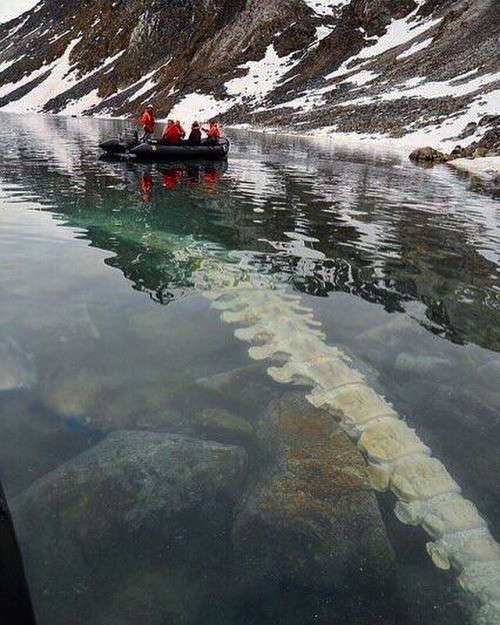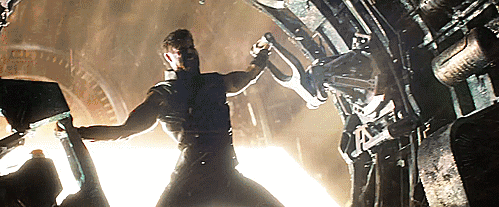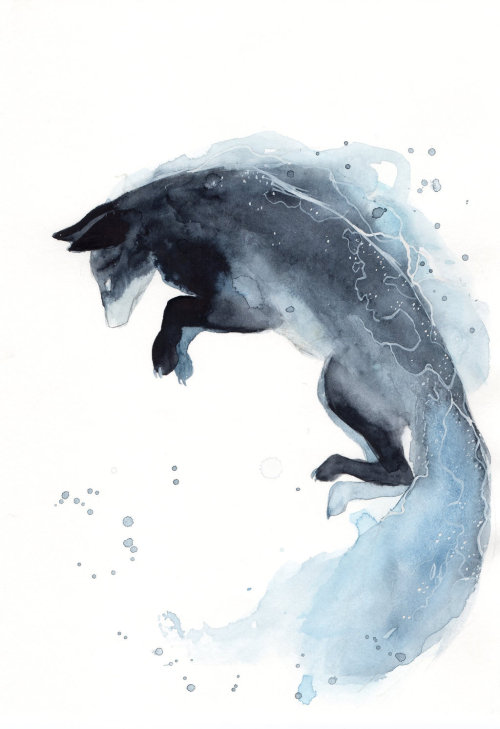“They Ran Into Astroids Every Time They Explored The Galaxy, But Like Planets They Have Lasted For
“They ran into astroids every time they explored the galaxy, but like planets they have lasted for centuries.”
— they were elements of ruins but were invincible like legends by @jwfeelings (via jwfeelings)
More Posts from Justagirl027 and Others

An intact Fin Whale vertebrae under the surface within a cove in Svalbard, Norway.






The Bright Side of Emotions: An Interview With Kayla Varley
Growing up in a small town in the middle of California, Kayla Varley knew she wanted to see more of the world and explore it through her photography. Ever since she was a child photography was a creative escape to a whole different world. A world where moments are being captured forever. In this interview she talks about her decision to move to Los Angeles and how that influenced her work and the ability to grow as photographer.
Photos © Kayla Varley










Avengers: Infinity War (2018)
Loving someone who isn’t meant for you breaks your soul.
- C. H.

The Daredevil Spacecraft That Will Touch the Sun
In the summer of 2018, we’re launching Parker Solar Probe, a spacecraft that will get closer to the Sun than any other in human history.

Parker Solar Probe will fly directly through the Sun’s atmosphere, called the corona. Getting better measurements of this region is key to understanding our Sun. For instance, the Sun releases a constant outflow of solar material, called the solar wind. We think the corona is where this solar wind is accelerated out into the solar system, and Parker Solar Probe’s measurements should help us pinpoint how that happens.

The solar wind, along with other changing conditions on the Sun and in space, can affect Earth and are collectively known as space weather. Space weather can trigger auroras, create problems with satellites, cause power outages (in extreme cases), and disrupt our communications signals. That’s because space weather interacts with Earth’s upper atmosphere, where signals like radio and GPS travel from place to place.

Parker Solar Probe is named after pioneering physicist Gene Parker. In the 1950s, Parker proposed a number of concepts about how stars — including our Sun — give off energy. He called this cascade of energy the solar wind. Parker also theorized an explanation for the superheated solar atmosphere, the corona, which is hotter than the surface of the Sun itself.

Getting the answers to our questions about the solar wind and the Sun’s energetic particles is only possible by sending a probe right into the furnace of the Sun’s corona, where the spacecraft can reach 2,500 degrees Fahrenheit. Parker Solar Probe and its four suites of instruments – studying magnetic and electric fields, energetic particles, and the solar wind – will be protected from the Sun’s enormous heat by a 4.5-inch-thick carbon-composite heat shield.
Over the course of its seven-year mission, Parker Solar Probe will make two dozen close approaches to the Sun, continuously breaking its own records and sending back unprecedented science data.

Getting close to the Sun is harder than you might think, since the inertia of a spacecraft launched from Earth will naturally carry it in repeated orbits on roughly the same path. To nudge the orbit closer to the Sun on successive trips, Parker Solar Probe will use Venus’ gravity.
This is a technique called a gravity assist, and it’s been used by Voyager, Cassini, and OSIRIS-REx, among other missions. Though most missions use gravity assists to speed up, Parker Solar Probe is using Venus’ gravity to slow down. This will let the spacecraft fall deeper into the Sun’s gravity and get closer to our star than any other spacecraft in human history.

Get a behind-the-scenes view of the Parker Solar Probe under construction in a clean room on the NASA Sun Science Facebook page.

Keep up with all the latest on Parker Solar Probe at nasa.gov/solarprobe or on Twitter @NASASun.
Make sure to follow us on Tumblr for your regular dose of space: http://nasa.tumblr.com.

“As you get older you learn to leave behind more than just the stuffed animals from your childhood”
— @sixwordssayitall

Vintage Comic - Doktor Strange Der Magier #04 (German)




-
 hikamaruuu liked this · 1 year ago
hikamaruuu liked this · 1 year ago -
 geekykid3098 liked this · 4 years ago
geekykid3098 liked this · 4 years ago -
 hoongjong liked this · 4 years ago
hoongjong liked this · 4 years ago -
 geminorum-the-twins liked this · 5 years ago
geminorum-the-twins liked this · 5 years ago -
 justthatguyiguess reblogged this · 6 years ago
justthatguyiguess reblogged this · 6 years ago -
 jihye23 liked this · 6 years ago
jihye23 liked this · 6 years ago -
 rajvira liked this · 6 years ago
rajvira liked this · 6 years ago -
 estrella-bb liked this · 6 years ago
estrella-bb liked this · 6 years ago -
 turtlessavecory-blog liked this · 6 years ago
turtlessavecory-blog liked this · 6 years ago -
 lavender-rosemary liked this · 6 years ago
lavender-rosemary liked this · 6 years ago -
 infinitestrange liked this · 6 years ago
infinitestrange liked this · 6 years ago -
 colombianawriter reblogged this · 6 years ago
colombianawriter reblogged this · 6 years ago -
 bi-bastards liked this · 6 years ago
bi-bastards liked this · 6 years ago -
 cadburried-blog liked this · 6 years ago
cadburried-blog liked this · 6 years ago -
 sophie0143 liked this · 6 years ago
sophie0143 liked this · 6 years ago -
 lostmemries reblogged this · 6 years ago
lostmemries reblogged this · 6 years ago -
 basicbrokenperson liked this · 6 years ago
basicbrokenperson liked this · 6 years ago -
 love-understanding liked this · 6 years ago
love-understanding liked this · 6 years ago -
 dellydel8902 liked this · 6 years ago
dellydel8902 liked this · 6 years ago -
 thecameramanfan liked this · 6 years ago
thecameramanfan liked this · 6 years ago -
 aliceundomiel reblogged this · 6 years ago
aliceundomiel reblogged this · 6 years ago -
 aliceundomiel liked this · 6 years ago
aliceundomiel liked this · 6 years ago -
 ceaselesswavesofpassion liked this · 6 years ago
ceaselesswavesofpassion liked this · 6 years ago -
 floraorfauna-blog1 reblogged this · 6 years ago
floraorfauna-blog1 reblogged this · 6 years ago -
 floraorfauna-blog1 liked this · 6 years ago
floraorfauna-blog1 liked this · 6 years ago -
 hellohowareyouhaveaniceday liked this · 6 years ago
hellohowareyouhaveaniceday liked this · 6 years ago -
 melodyhauntsmyreverie liked this · 6 years ago
melodyhauntsmyreverie liked this · 6 years ago -
 lcrissa liked this · 6 years ago
lcrissa liked this · 6 years ago -
 xxkawaiicakex3xx-blog liked this · 6 years ago
xxkawaiicakex3xx-blog liked this · 6 years ago